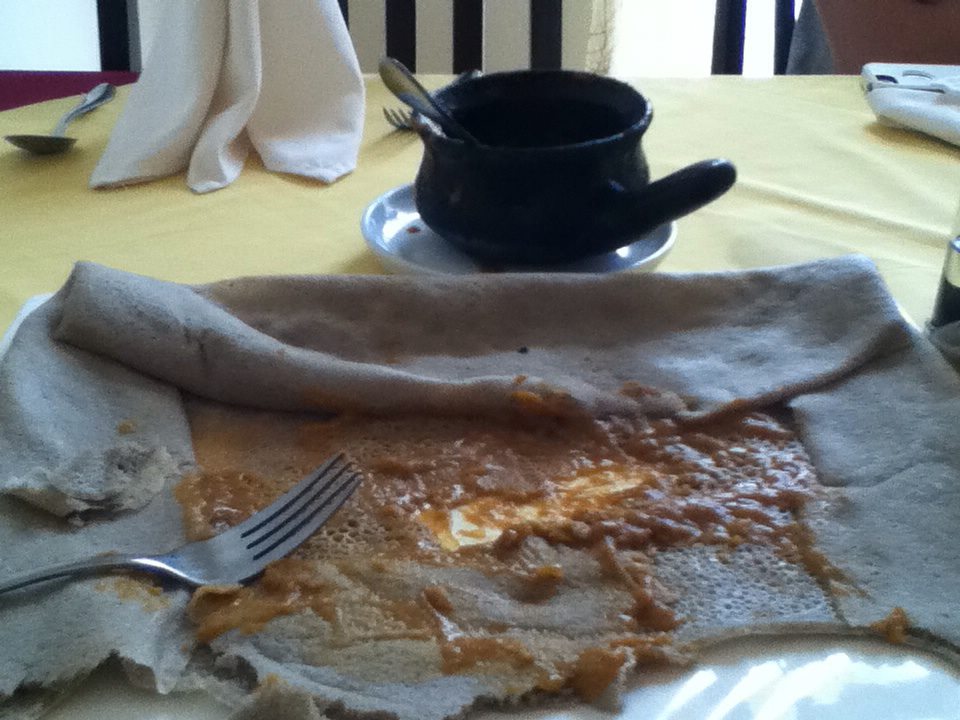By Karissa Magnuson
Student, Ohio State College of Veterinary Medicine
During our time here in Ethiopia, we have been surprised to find out how often people, especially in rural settings, believe and prefer a traditional healer instead of modern medical doctor. My curiosity on this subject led to me to do a little research online into the prevalence of traditional healers in Ethiopia as well as traditional treatments for rabies proposed by these healers.
Traditional medicine dates as far back as the 15th century in Ethiopia and consists not only of herbal remedies but also of animal and mineral-based concoctions as well as spiritualistic rituals and aromatherapy. Most traditional healers have learned their trade from a family member, and like doctors, these healers go through both a physical exam and history when they examine their patient.
Not surprisingly, many modern health care workers do not support traditional medicine; however, there are some that feel collaboration between traditional and modern healers could provide the best treatment for patients.
In my research I was shocked to discover that up to 80% of Ethiopians use traditional medicine as their primary source of health care. (A historical overview of traditional medicine practices and policy in Ethiopia.) Being from a country where modern medicine is viewed as infallible, with Chinese and other traditional medicine slowly gaining some credence in the U.S., an 80% preference rate is surprising.
So is there any stock in traditional medicine in the treatment of rabies? In my search, I found remedies which have included the use of skullcap on wounds (This herb tends to have astringent effects, antiseptic effects on wounds, and anti-anxiety effects.) Garlic was also frequently mentioned for treatment. I was shocked to discover that garlic has been found to have some effects on paralytic disorders. The bark of Alangium salviforium, a flowering plant, has also been indicated as a possible treatment and has been proven to have anti-epileptic effects. The main question that I am left with is: Are these treatments and herbs effective or is traditional medicine hindering rabies eradication in Ethiopia? Or perhaps, it warrants further research and possibly future collaborative efforts in the cure and eradication of rabies within this amazing country. Only more research will tell.

